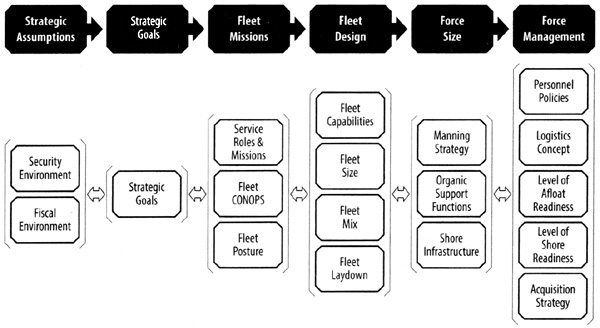Dreadnaught-class heavy cruiser
Main bridge
Unlike many contemporary warship designs, the Dreadnaught-class did not have an easily visible bridge section, opting to shelter the command decks and crew stations inside the main armored superstructure. These areas were located on the dorsal side of the bow.
LHM-BB01 Minerva
I hope everyone here doesn't mind but I like to start a general discussion thread concerning sci-fi spaceships/warships, starfighters, shuttles, etc. and think of ideas/discussions on how to combine sci-fi tech while also trying to make the sci-fi vehicles/ships look "realistic".
This general idea came up after watching the attached videos and thinking about how Star Wars spaceship and starfighter designs don't make sense and are focused more on aesthetic looks. In contrast, other titles like the re-imagined Battlestar Galactica and The Expanse TV series added more realism to their spaceship designs by taking into consideration on how things work in space.
For starters, where we should place the space warship's command bridge compared to the traditional sci-fi warship's command bridge based on modern ocean-going ships' like in classic titles such as Star Wars, Halo, Space Battleship Yamato, Gundam, Macross, etc.
Well, besides the Star Wars and Gundam SEED Destiny examples above, the Battlestar warships from the Battlestar Galactica franchise also had their command bridge & CIC placed deep within the ships' hulls. Other real world examples include military submarines which depend entirely on sensors during combat. I think the same thing applies with the CBS-70 Ptolemaios and CBS-74 Ptolemaios 2 (from Gundam 00 series) as well?
The LHM-BB01 Minerva offered an interesting compromise where the command bridge lowers itself into the CIC, which places both of them deeper within the ship's bridge base. It's like imagining the real world modern warships' bridge lowering themselves into their CIC rooms which was usually separate and I think it's where the captain usually goes to during combat.
What do you all think of the arguments concerning the space warship's command bridge:
- the ones in sci-fi with the traditional ocean-going ship bridge towers and windows;
- the ones based on being deep within the ship under layers of armour and shielding like real world military submarines, Battlestar warships and the Dreadnaught-class from Star Wars;
- the interesting third idea shown with the LHM-BB01 Minerva; and
- the ones based on the real world modern warships' bridge and CIC room, with the CIC room also being the main command bridge while the bridge tower is the secondary bridge/observation deck when in atmosphere (during combat and in space, armoured doors cover/seal the windows).
Which do you all like to use if you decide to plan your own space warship ideas? Later, I hope we could discuss other topics like combat aircraft/starfighters, shuttles, civilian starships, etc. and maybe even ground vehicles and mecha/powered armours.


